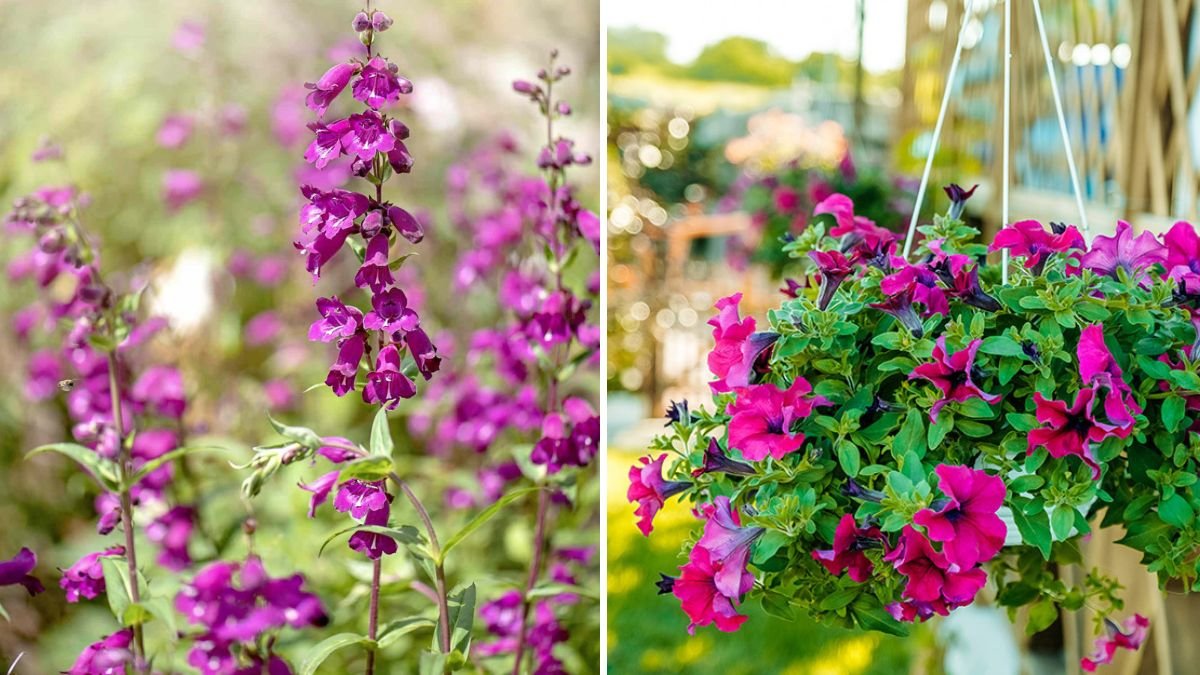Hummingbirds are some of the most enchanting visitors to gardens, known for their iridescent feathers, rapid wing movement, and delicate feeding habits. Attracting these tiny birds not only adds movement and beauty to outdoor spaces but also supports pollination and ecological balance. The right selection of flowers is crucial for drawing hummingbirds, as they are naturally attracted to bright colors, tubular shapes, and nectar-rich blooms.
This article explores the best flowers for attracting hummingbirds, including plant characteristics, care requirements, and tips for designing a hummingbird-friendly garden.
1. Characteristics of Hummingbird-Attracting Flowers
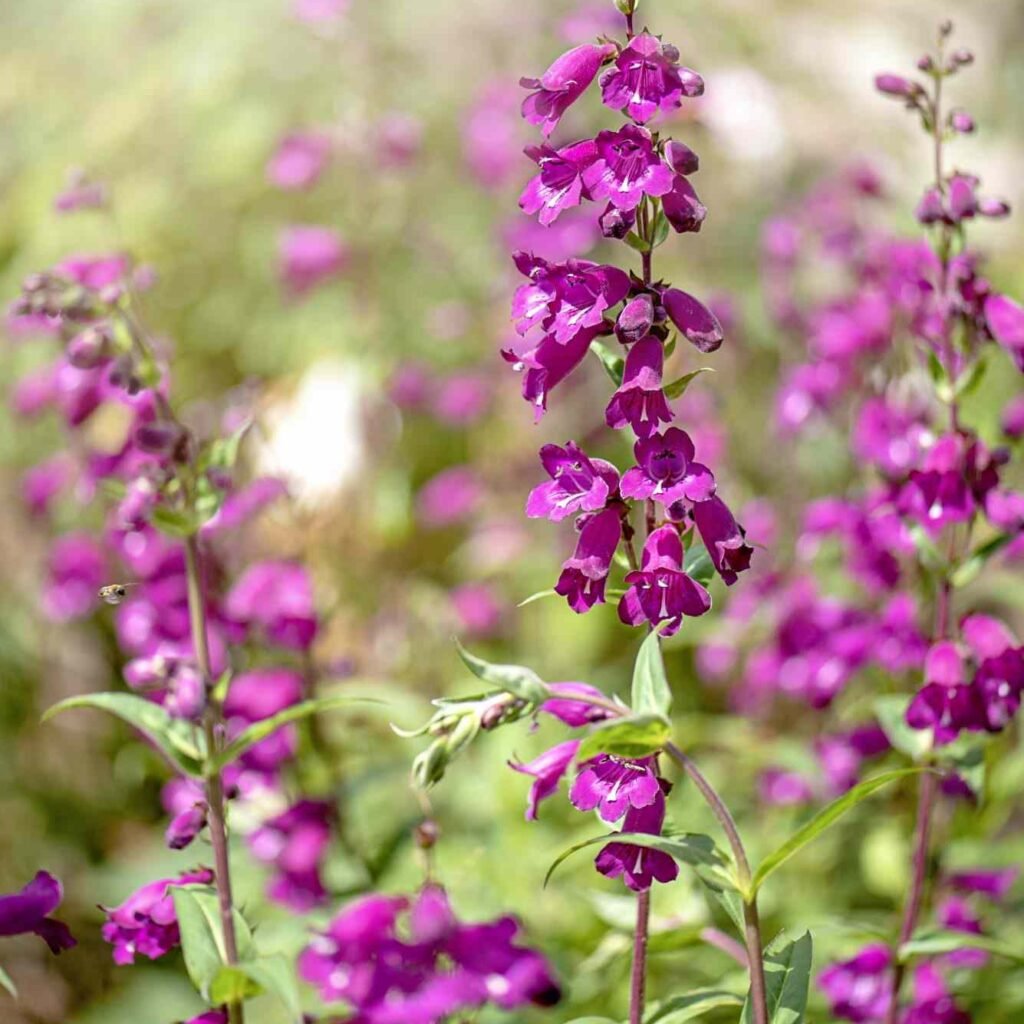
Hummingbirds are selective feeders, preferring flowers with specific features:
- Color Preference: Red, orange, pink, and purple flowers attract hummingbirds the most.
- Tubular Shape: Long, narrow flowers accommodate the hummingbird’s long bill and tongue.
- Nectar Production: High-sugar nectar provides energy for their rapid metabolism.
- Minimal Fragrance: Hummingbirds rely on sight over scent, so lightly fragrant flowers are sufficient.
- Clustered Blooms: Multiple flowers in clusters offer easy access and prolonged feeding opportunities.
Understanding these traits allows gardeners to choose plants that maximize hummingbird visits.
2. Cardinal Flower (Lobelia cardinalis)
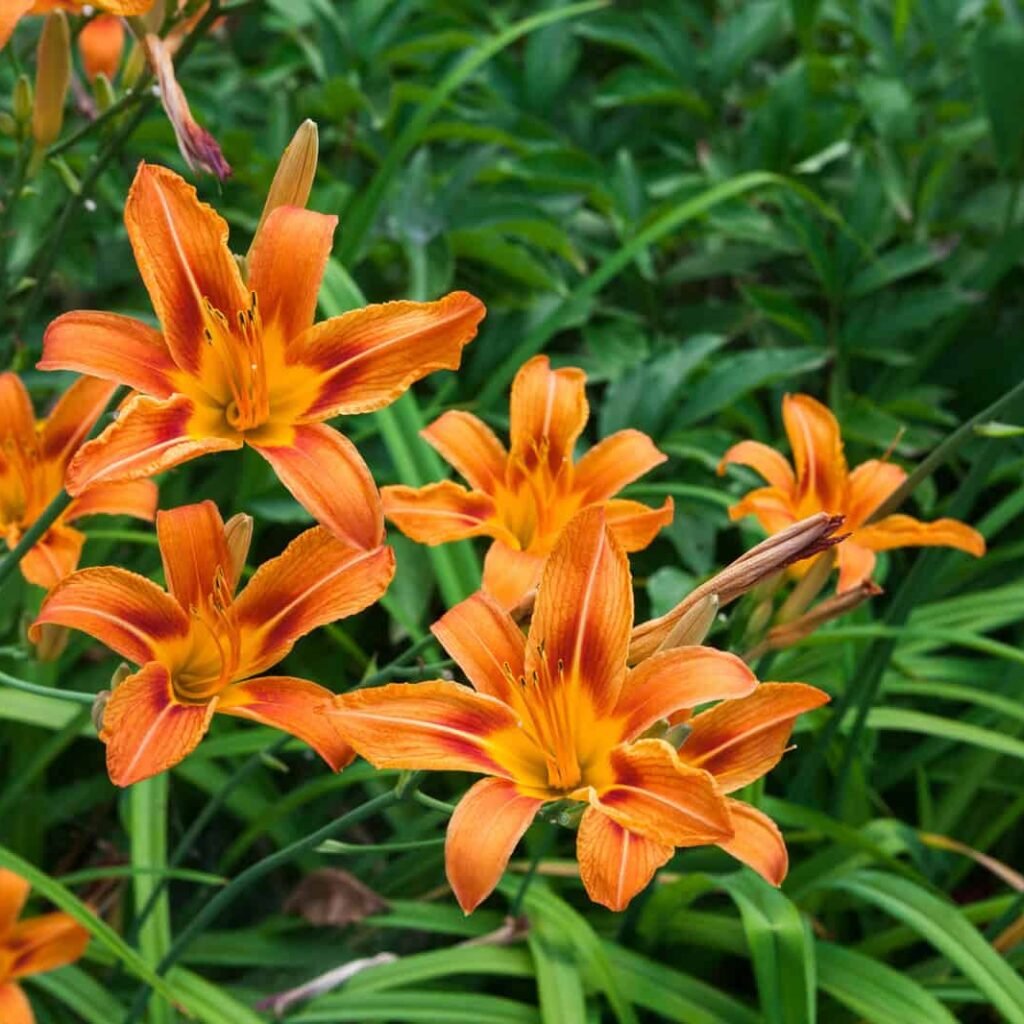
Cardinal flowers are striking perennials known for their brilliant red tubular blooms, ideal for attracting hummingbirds.
Advantages
- Long flowering season from summer to fall.
- Tolerates moist soil and partial shade.
- Requires minimal maintenance once established.
Care Requirements
- Soil: Moist, well-draining soil rich in organic matter.
- Sunlight: Full sun to partial shade.
- Watering: Regular watering, especially during dry spells.
- Fertilization: Light feeding with balanced fertilizer during the growing season.
Cardinal flowers provide a reliable source of nectar for hummingbirds throughout the summer.
3. Bee Balm (Monarda didyma)
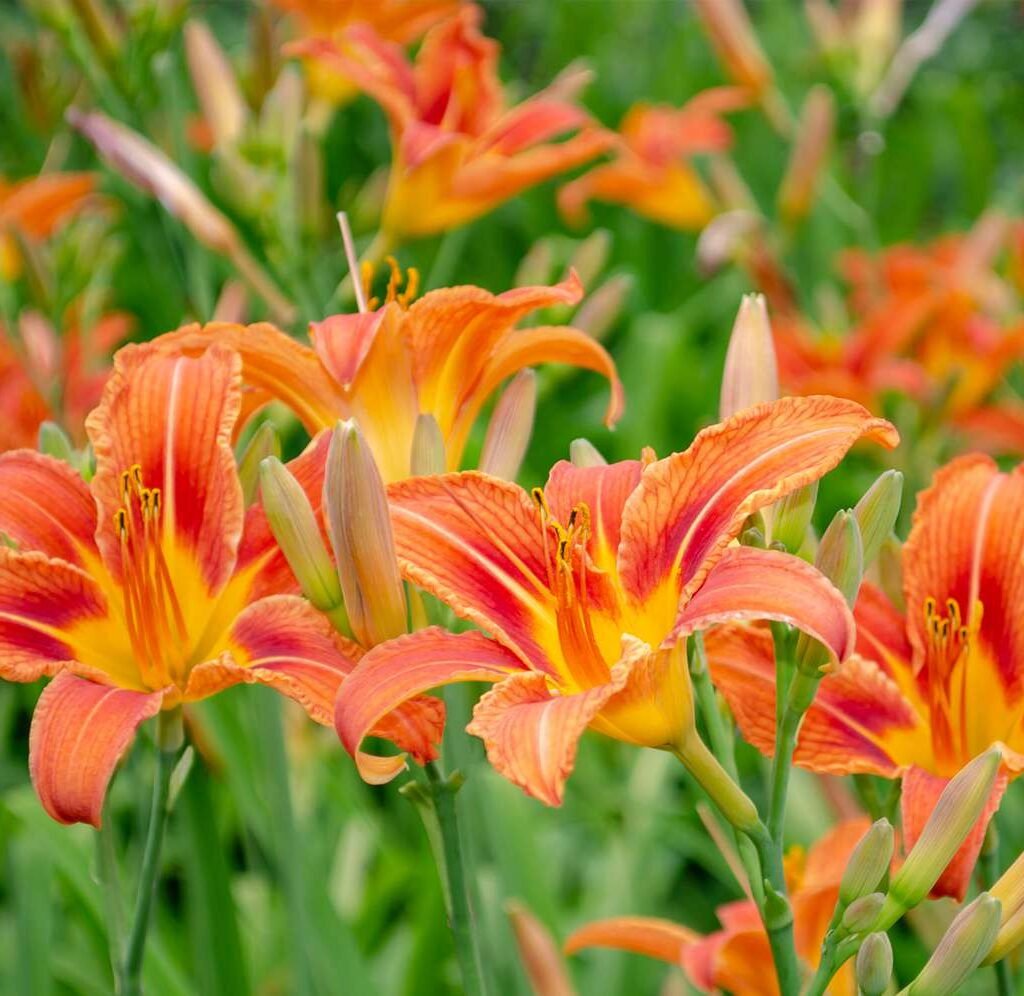
Bee balm produces bright red, pink, or purple flowers and is highly attractive to hummingbirds and pollinators.
Advantages
- Long-blooming, hardy perennial.
- Attracts bees, butterflies, and hummingbirds.
- Adds fragrance and vibrant color to gardens.
Care Requirements
- Soil: Well-draining, fertile soil.
- Sunlight: Full sun for optimal blooms.
- Watering: Moderate, keeping soil consistently moist.
- Pruning: Deadhead spent blooms to prolong flowering.
Bee balm is perfect for garden beds, borders, and pollinator-friendly landscapes.
4. Trumpet Vine (Campsis radicans)
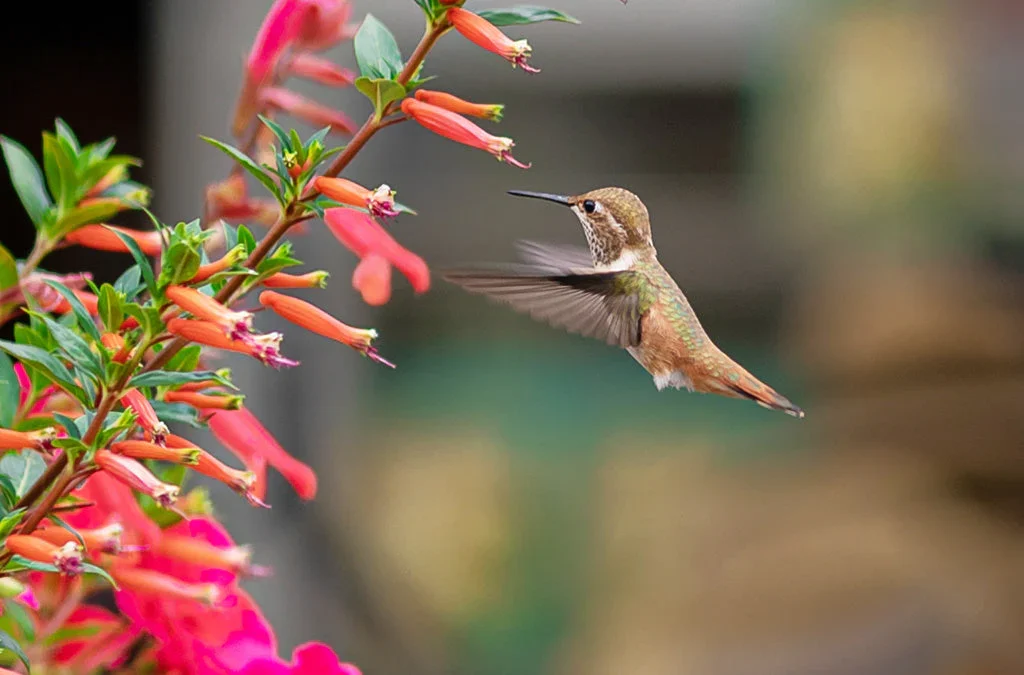
Trumpet vines are vigorous climbers with trumpet-shaped red or orange flowers, irresistible to hummingbirds.
Advantages
- Fast-growing and produces abundant blooms.
- Excellent for vertical spaces like trellises, fences, and arbors.
- Tolerates poor soil and varying conditions.
Care Requirements
- Soil: Well-draining soil; adaptable to most garden soils.
- Sunlight: Full sun for maximum flowering.
- Pruning: Annual pruning to control growth and promote blooms.
- Fertilization: Occasional feeding with low-nitrogen fertilizer to encourage flowering.
Trumpet vines create dramatic vertical displays while supporting hummingbird activity.
5. Salvia (Salvia spp.)
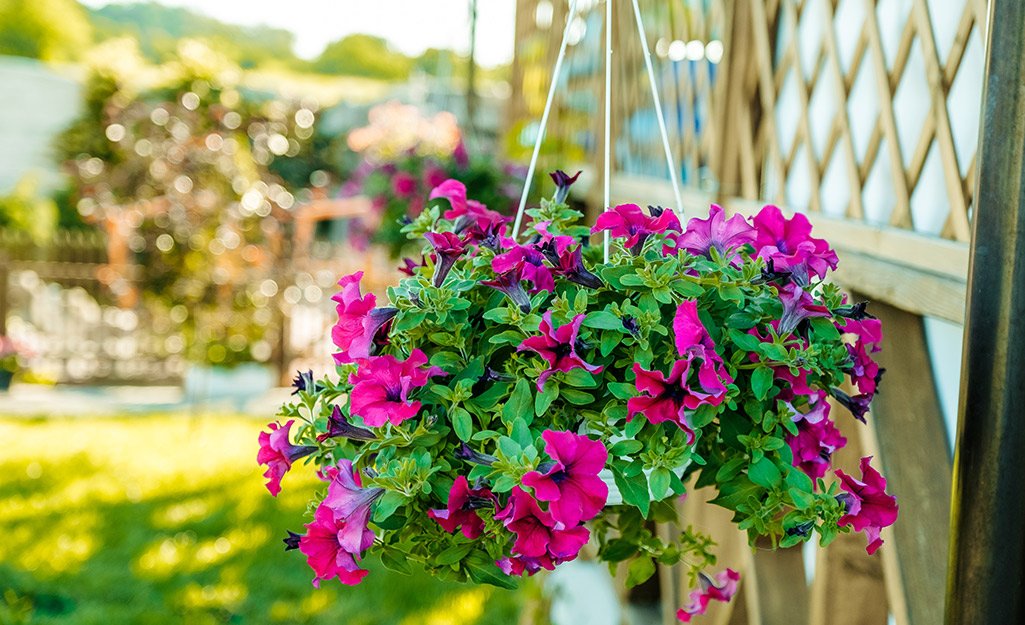
Salvia species, including hummingbird sage and scarlet sage, are tubular and nectar-rich, making them ideal for attracting hummingbirds.
Advantages
- Drought-tolerant and easy to grow.
- Long-lasting blooms from late spring through fall.
- Adds color variety with red, purple, and pink flowers.
Care Requirements
- Soil: Well-draining soil with moderate fertility.
- Sunlight: Full sun for abundant flowering.
- Watering: Moderate, allowing soil to dry between waterings.
- Pruning: Cut back after flowering to encourage new blooms.
Salvia is versatile for containers, borders, and mixed flower beds, attracting hummingbirds consistently.
6. Fuchsia (Fuchsia spp.)
Fuchsias are elegant hanging plants with pendant flowers in shades of pink, red, and purple, perfect for balcony or container gardens.
Advantages
- Ideal for hanging baskets or shaded garden areas.
- Continuous blooms in the right conditions.
- Highly attractive to hummingbirds due to tubular shape and nectar.
Care Requirements
- Soil: Moist, well-draining potting soil.
- Sunlight: Partial shade; avoids harsh afternoon sun.
- Watering: Regular watering to keep soil moist.
- Fertilization: Liquid fertilizer every 2–3 weeks during flowering season.
Fuchsias add vertical dimension and charm while drawing hummingbirds close to windows or terraces.
7. Penstemon (Penstemon spp.)
Penstemon, or beardtongue, is a hardy perennial with bright tubular flowers ideal for hummingbird feeding.
Advantages
- Wide range of colors: red, pink, purple, and white.
- Tolerates drought and poor soils once established.
- Attracts hummingbirds and pollinators alike.
Care Requirements
- Soil: Well-draining soil; sandy or loamy preferred.
- Sunlight: Full sun for vibrant flowering.
- Watering: Moderate; drought-tolerant after establishment.
- Pruning: Deadhead to encourage continued flowering.
Penstemon is perfect for rock gardens, borders, and pollinator gardens.
8. Garden Design Tips for Hummingbirds
Creating a hummingbird-friendly garden involves strategic planting and thoughtful design:
- Layered Planting: Combine tall, mid-height, and trailing plants for depth.
- Color Coordination: Use red, orange, and pink blooms for visual attraction.
- Continuous Blooming: Plant a mix of early, mid, and late-season flowers to provide nectar all summer.
- Water Features: Hummingbirds are attracted to shallow water sources or misters.
- Shelter: Include shrubs, trees, or trellises to provide resting spots and protection from predators.
Thoughtful garden design ensures frequent hummingbird visits and prolonged visual interest.
9. Seasonal Care and Maintenance
To maintain healthy flowers and nectar production:
- Spring: Plant new hummingbird-friendly flowers; check soil fertility.
- Summer: Deadhead spent flowers to encourage new blooms; water regularly.
- Autumn: Collect seeds for next year; prune perennials lightly.
- Winter: Protect tender plants from frost; container plants may need indoor relocation.
Seasonal care ensures continuous flowering and hummingbird attraction throughout the growing season.
10. Companion Planting for Hummingbirds
- Pollinator-Friendly Plants: Combine flowers that attract bees and butterflies.
- Native Plants: Local plants support local hummingbird populations.
- Herbs: Basil, oregano, and thyme provide additional nectar sources.
- Ground Cover: Low-growing flowers or greenery enhance garden aesthetics and provide safe landing areas.
Companion planting creates a thriving ecosystem supporting hummingbirds and other beneficial species.
11. Benefits of Hummingbird-Friendly Flowers
- Enhanced Garden Ecology: Pollination benefits other flowers and vegetables.
- Visual Interest: Adds movement, color, and sound to outdoor spaces.
- Low-Maintenance Beauty: Many hummingbird-attracting flowers are hardy and easy to grow.
- Urban Gardening Appeal: Ideal for balconies, terraces, and container gardens.
Incorporating these flowers makes the garden both ecologically balanced and visually stunning.
Conclusion
Attracting hummingbirds to your garden requires a combination of nectar-rich, tubular flowers, vibrant colors, proper planting, and seasonal care. Plants such as cardinal flower, bee balm, trumpet vine, salvia, fuchsia, and penstemon offer continuous blooms, rich nectar, and aesthetic appeal, ensuring that hummingbirds visit frequently. Gardeners can enhance hummingbird activity with strategic design, layered planting, and companion species, creating a lively, dynamic outdoor space. By understanding the needs of both the birds and the plants, a garden can become a hummingbird sanctuary, providing beauty, ecological benefits, and year-round enjoyment.
